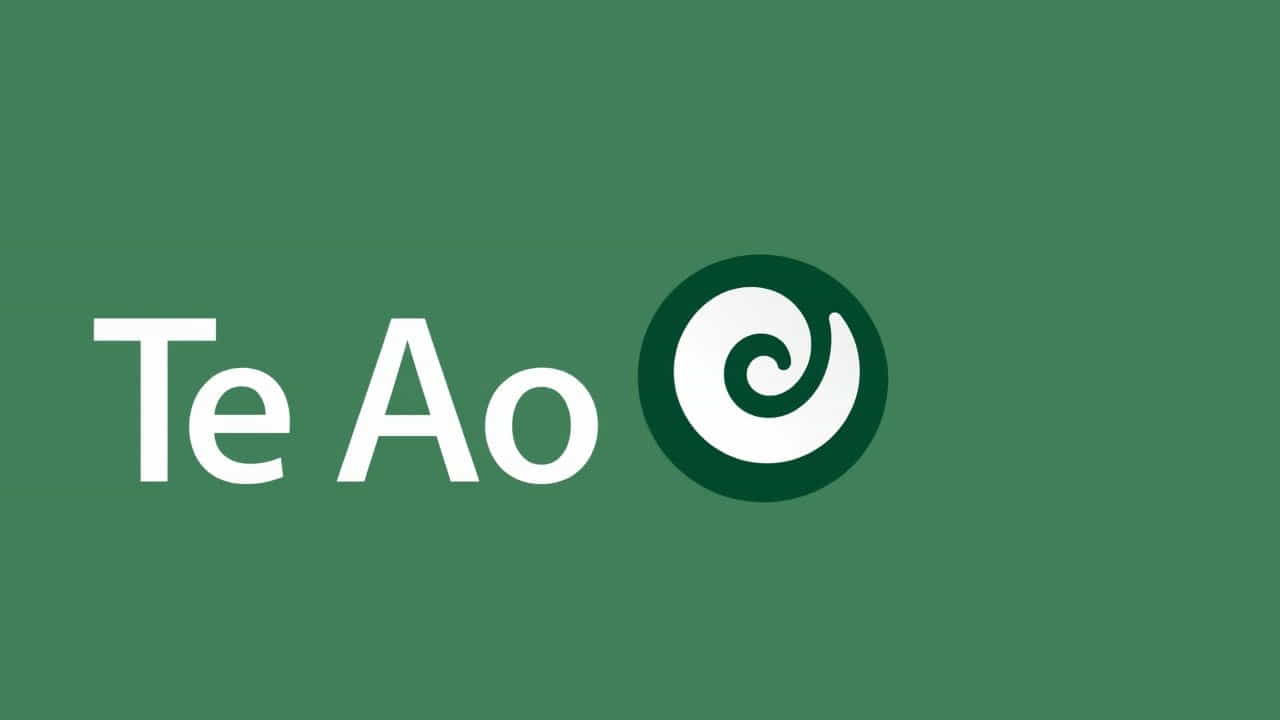Te Ao Māori refers to the Māori worldview, a perspective deeply rooted in spiritual, cultural, and environmental connections. It shapes the way Māori people interact with the world, emphasizing whakapapa (genealogy), tikanga (customs), wairua (spirituality), and kaitiakitanga (guardianship of the land and environment).
In this topic, we will explore the meaning and significance of Te Ao Māori, its core values, traditions, and modern relevance, and how it continues to shape Aotearoa (New Zealand) today.
1. The Meaning of Te Ao Māori
A Holistic View of the World
Te Ao Māori is a way of seeing and understanding the world that is based on balance, interconnectedness, and respect for all living things. Unlike Western perspectives, which often separate humans from nature, Te Ao Māori sees all things as interdependent.
The Connection Between Past, Present, and Future
In Te Ao Māori, time is not linear. The past (whakapapa), present (tāukiuki), and future (whakatipuranga) are deeply connected. This means that decisions made today should honor the past and protect the future.
2. Core Values of Te Ao Māori
Whakapapa (Genealogy and Ancestry)
Whakapapa is the foundation of Māori identity. It connects individuals to their ancestors, land, and the natural world. Understanding whakapapa means knowing where one comes from and their responsibilities to their people and environment.
Tikanga (Customs and Protocols)
Tikanga refers to Māori customs, traditions, and protocols that guide behavior in different aspects of life. These rules ensure that respect, balance, and harmony are maintained in relationships, ceremonies, and daily interactions.
Mana (Authority and Respect)
Mana is a spiritual and social power that a person holds. It can be inherited, earned, or lost depending on a person’s actions and respect for others. Those with great mana are expected to lead with wisdom, humility, and responsibility.
Wairua (Spirituality)
Wairua is the spiritual essence that connects people to the unseen world. Everything in Te Ao Māori has wairua not just humans, but also animals, rivers, mountains, and forests. Keeping a strong connection with wairua ensures well-being and balance in life.
Kaitiakitanga (Guardianship of the Land and Environment)
Māori believe they are kaitiaki (guardians) of the land, water, and sky. This responsibility, known as kaitiakitanga, means protecting natural resources for future generations. This principle plays a crucial role in modern environmental conservation.
3. Te Ao Māori in Everyday Life
Māori Language (Te Reo Māori)
Te Reo Māori is the heartbeat of Māori culture. More than just a language, it carries the stories, traditions, and identity of the Māori people. Today, efforts to revitalize Te Reo Māori are growing, with Māori language programs in schools, media, and government.
Marae (Meeting Places)
The marae is the spiritual and cultural center of a Māori community. It is a place where ceremonies, meetings, and celebrations take place. Each marae tells the history and genealogy of the people who belong to it.
Traditional Māori Arts
Māori culture is rich in art and craftsmanship, including:
-
Whakairo (wood carving) – Found on marae and waka (canoes).
-
Raranga (weaving) – Used to make clothing, baskets, and mats.
-
Ta moko (tattooing) – A form of cultural identity and storytelling, with each moko carrying deep personal meaning.
Haka (Traditional Dance)
The haka is a powerful performance that represents strength, unity, and identity. While it is widely known through the New Zealand rugby team (All Blacks), haka has many different forms, each with its own purpose and history.
4. Te Ao Māori and the Modern World
Māori in Politics and Leadership
Māori leaders play a significant role in New Zealand’s political and social landscape. Many advocate for Indigenous rights, cultural preservation, and environmental protection. The Treaty of Waitangi (Te Tiriti o Waitangi) continues to be a key document in Māori-government relations.
Māori and Environmental Conservation
The principles of kaitiakitanga are increasingly influencing New Zealand’s environmental policies. Many conservation projects are Māori-led, focusing on sustainable fishing, reforestation, and protection of sacred sites.
Revitalization of Māori Culture
In recent years, there has been a cultural resurgence, with more Māori embracing their language, customs, and traditions. Schools, businesses, and organizations across New Zealand are incorporating Te Reo Māori and tikanga Māori into everyday life.
5. Challenges and the Future of Te Ao Māori
Language and Cultural Preservation
Despite positive efforts, Te Reo Māori remains endangered. Continued investment in education, media, and public initiatives is needed to keep the language alive.
Economic and Social Inequality
Māori communities face higher rates of poverty, unemployment, and health issues compared to other groups in New Zealand. Strengthening economic opportunities, education, and healthcare can help address these disparities.
Strengthening Māori Identity in a Globalized World
As Māori navigate the modern world, there is a delicate balance between cultural preservation and adaptation. Technology, education, and innovation offer new ways to strengthen Māori identity while embracing change.
Te Ao Māori is more than just a worldview it is a way of life that connects people to their past, present, and future. With a deep emphasis on whakapapa, tikanga, mana, wairua, and kaitiakitanga, it continues to shape Māori identity and influence New Zealand society.
As Te Ao Māori evolves, its core values remain strong, ensuring that future generations carry forward the wisdom, strength, and resilience of their ancestors.
